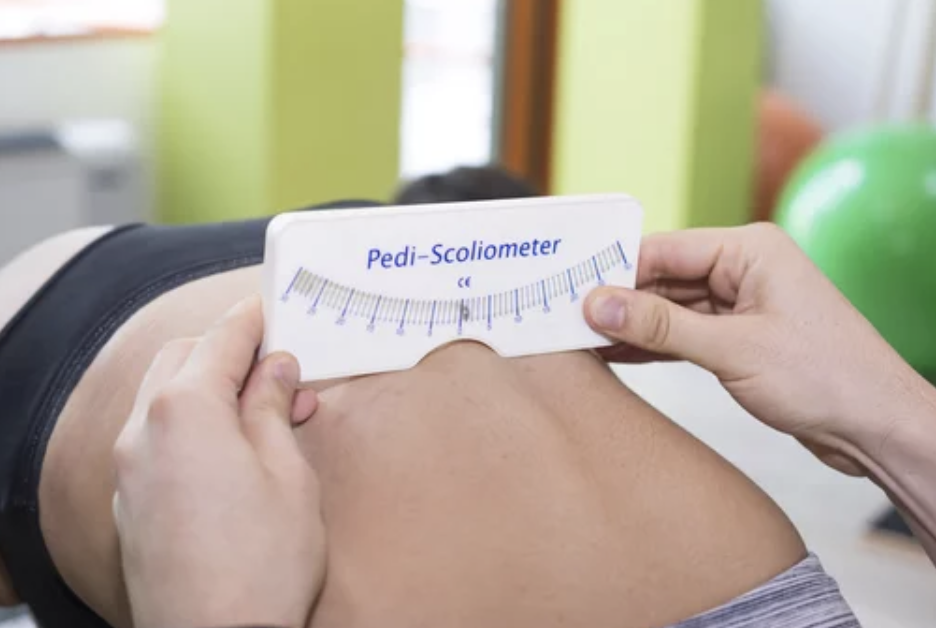Scoliosis, a common spinal condition characterized by an abnormal lateral curvature, affects individuals across all age groups, predominantly surfacing during the pre-puberty growth spurt. The key to managing scoliosis lies in early detection and timely intervention. This guide delves into the significance of scoliosis screening, identifying the ideal times for screening, and outlining actionable steps following a scoliosis diagnosis.
Early Detection of Scoliosis: Screening Insights
School-Based Screenings: Often conducted for students aged 10 to 14, school screenings play a pivotal role in early scoliosis detection. Specialists perform visual examinations during these screenings, recommending further evaluation if any abnormal curvatures are noted.
Routine Pediatric Assessments: Pediatric checkups frequently include a spinal alignment evaluation. Signs of concern may lead to a referral to a scoliosis specialist for a comprehensive assessment.
The Impact of Family History: A familial history of scoliosis necessitates vigilance and proactive screening due to the genetic factors associated with the condition.
The Role of Self-Examinations: While not a substitute for professional assessments, self-exams can heighten awareness of potential scoliosis signs, such as asymmetry in shoulders, hips, or waistline.
Navigating the Path Forward: Post-Detection Steps
Seeking Specialized Care: Upon identifying potential scoliosis signs, consulting a spine specialist or orthopedic doctor is crucial for a detailed evaluation, potentially including X-ray analysis to gauge curvature severity.
Diagnosis and Ongoing Monitoring: Post-examination, the specialist will classify the scoliosis type and severity, recommending close monitoring for mild cases and exploring treatment options for more severe conditions.
Exploring Treatment Avenues: Treatment approaches vary, tailored to factors like age, curvature severity, and skeletal maturity. Options range from observation and bracing to surgical interventions in critical cases.
Embracing Physical Therapy: A tailored physical therapy regimen can bolster posture, maintain flexibility, and strengthen core muscles, playing a significant role in scoliosis management.
Considering Bracing: For patients with ongoing skeletal growth and developing curvatures, bracing might be advised to prevent further curvature progression.
Understanding Surgical Options: In severe scoliosis instances causing discomfort or health risks, surgery involving metal rods and screws might be necessary to realign and stabilize the spine.
Conclusion: Emphasizing the Importance of Scoliosis Screenings
Scoliosis screenings are instrumental in uncovering and addressing this spinal condition early on, fostering improved outcomes and quality of life. Through regular screenings, particularly during key growth phases, early-stage scoliosis can be identified and effectively managed with expert guidance. Remember, each scoliosis case is unique, requiring personalized treatment strategies. Staying informed and proactive is essential for optimal spinal health for you or your loved ones.

